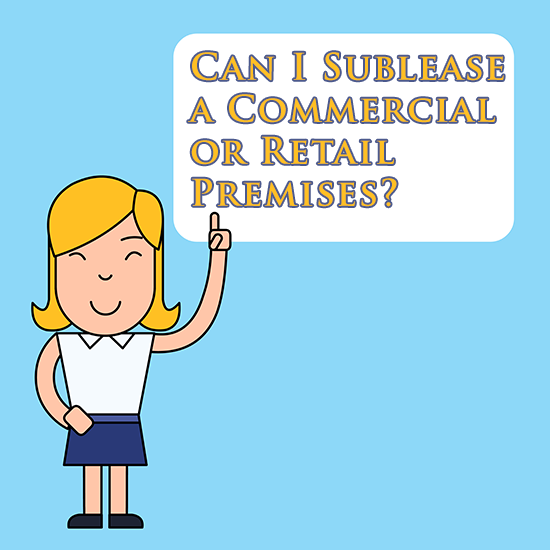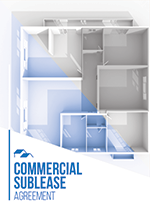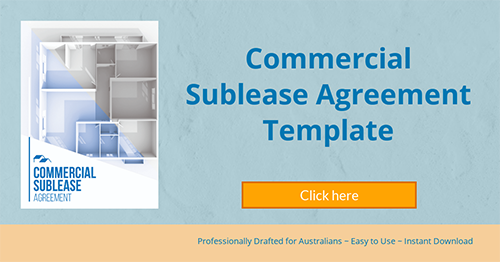Yes, you can sublease commercial or retail premises, provided that the terms of your Lease do not prevent you from doing so.
Generally, a Lease will allow a tenant to sublet the whole or part of the premises, provided that the Landlord has first consented in writing. The Lease will often set out the procedure that will need to be followed in order to secure the landlords consent.

Landlords need to vet the Sublessee
The landlord will probably want to check the quality of the sublessee and satisfy themselves that the sublessee will be able to meet it’s financial and other obligations. The prospective subtenant may need to provide the landlord with references and other information required for the landlord to conduct their assessment. Of course it’s wise for you to conduct your own assessment too!
Some Leases will not allow you to sublet and, if you have agreed to this in the terms of your Lease, you will be bound to them (unless the terms are in contravention of legislation to the contrary which cannot be contracted out of).
Some Leases may give the landlord full discretion to consent or refuse a sublease, even if that decision is unreasonable. If this is the case, you will be bound by the lessor’s decision (unless it is in contravention of legislation which cannot be contracted out of).
First Step – check the terms of your lease
If you are thinking about subleasing, the first thing you should do is refer to the terms of your signed Lease and the conditions regarding subleasing (if any) that are recorded in your Lease.
If you are leasing a retail shop, the Retail Shop Act in your state may contain provisions relating to subleasing. Such provisions differ from state to state, and generally allow the Landlord the discretion to refuse or allow subleasing.
Commercial Leases (ie. factories, warehouses, offices not engaged in retail) are generally not subject to legislation – so this is where the terms of your Lease are of paramount importance.
Is subleasing office space a good idea?
This depends on your own individual circumstances.
In many cases, it is seen as an advantage.
There is the obvious financial advantage of having a regular rental amount coming in. This can be a big help to the survival of a business, especially when times are tough.
It is also cost effective for the subtenant, as rent and set up costs are kept substantially lower. This is especially good for small start-up business to work up from.
There may also be some disadvantages to subletting. For more information about the pros and cons of subletting, see here: pros and cons of subletting
Further Information and Resources
The difference between assigning and subletting
 Assigning and subletting a lease are two very different procedures. We look at the differences.
Assigning and subletting a lease are two very different procedures. We look at the differences.
“Assigning” and “subletting” may sound like interchangeable terms. But as we shall see, they are vastly different.
If you have space in your leased commercial premises (either all or part) that you are thinking of assigning or subletting to another, you should make yourself familiar with the legal effects, the pros and the cons of both assigning and subletting.
When to use a Licence to occupy instead of a Lease?

Are you thinking of renting out a room, clinic or office? You may not need a full Retail or Commercial Lease to cover your arrangement because a Shared Office Space or Licence Agreement may suit your needs.
Pros and Cons of Subleasing a Commercial or Retail Premises
 Subleasing your commercial or retail premises can be a smart move. This article breaks down the pros and cons of subleasing a commercial or retail premises from both the Sublessor and Sublessee’s point of view.
Subleasing your commercial or retail premises can be a smart move. This article breaks down the pros and cons of subleasing a commercial or retail premises from both the Sublessor and Sublessee’s point of view.
 Commercial Sublease Agreement Template
Commercial Sublease Agreement Template
Use this template agreement to document the obligations of the sub-tenant and head-tenant.
 Assignment of lease
Assignment of lease
An Assignment of Lease Agreement (in some states referred to as a Transfer of Lease) transfers an existing tenant’s leasehold interest to the new tenant, creating rights and obligations as between the new tenant and the landlord.


